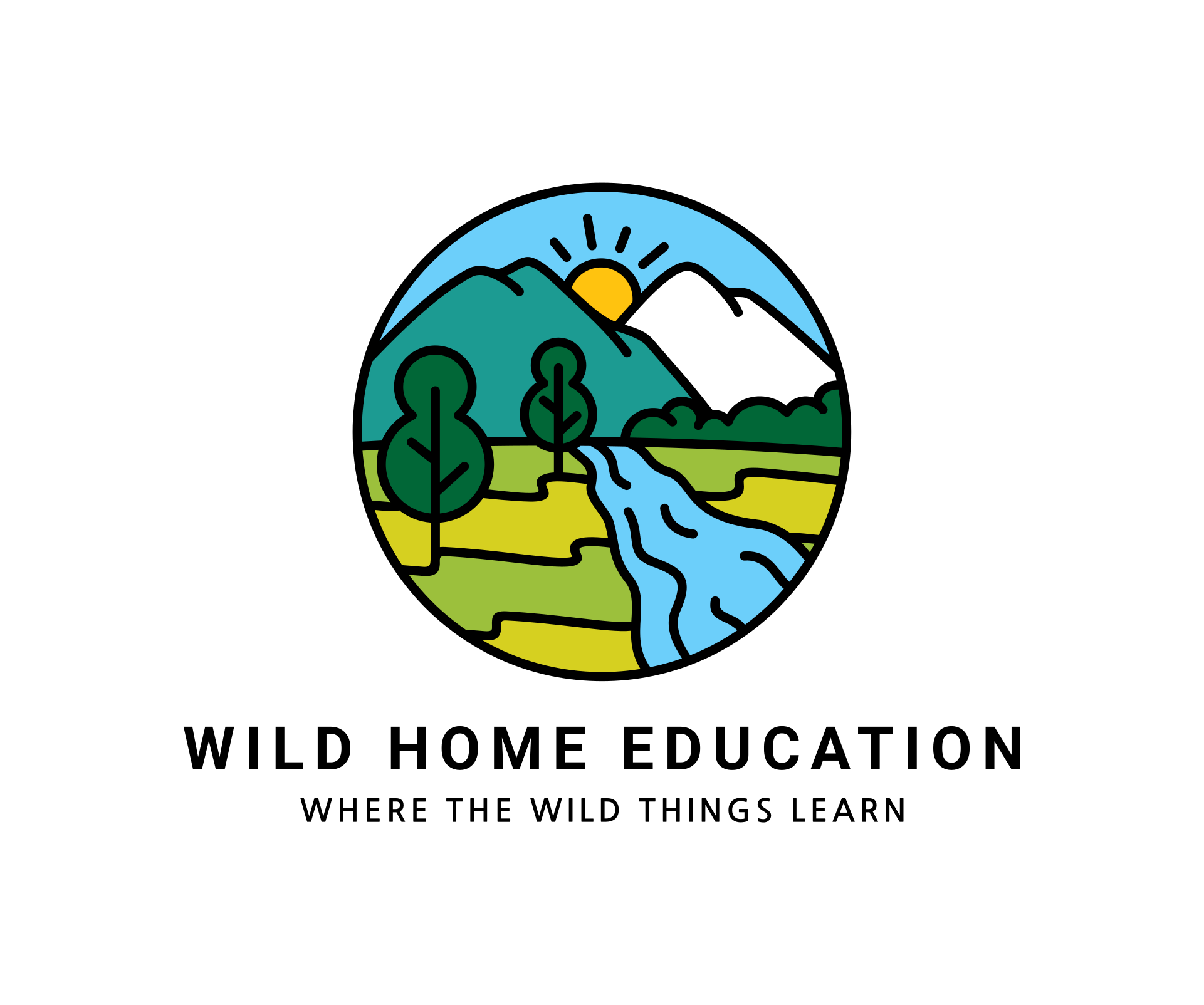Welcome back! In our last article, we talked about the benefits of Home Education and why more families are choosing to educate their children at home.
Today, we’ll dive deeper into Home Education methods and compare different approaches to teaching at home. Home Education methods can vary widely, depending on the family’s preferences and learning style. Some families follow a structured curriculum and use textbooks and workbooks, while others take a more relaxed approach and use real-life experiences and hands-on learning. While we do not go into great detail, we will list the main learning styles so that you can research them for further information.
Here are some of the most common homeschooling methods:

Traditional Homeschooling: This method follows a structured curriculum and uses textbooks and workbooks. It’s similar to the education children receive in traditional schools, but parents have more control over the pace and content.
Unschooling: This method is more child-led, with the focus on following the child’s interests and natural curiosity. Children are free to learn through play, exploration, and real-life experiences.

Montessori Method: This approach is based on the teachings of Maria Montessori, emphasising hands-on learning, self-directed activities, and individualised instruction. It’s particularly suited to younger children.

Charlotte Mason Method: This approach emphasises literature, art, and music, and focuses on creating a love of learning. It uses a combination of living books, narration, and hands-on activities.

Eclectic Homeschooling: This approach takes bits and pieces from different methods and creates a customised curriculum that suits the child’s needs and interests.

Now… let’s talk about outdoor education methods. Outdoor education is an excellent way to incorporate nature and hands-on learning into your homeschooling routine. Here are some of the most common outdoor education methods:
Hybrid Nature-based Learning: This method uses nature and indoors as the classroom (the time between the two may be split 50/50) with children learning through exploration, observation, and inquiry. It may also involve a more structured curriculum which incorporates outdoor education into it. It can include activities like hiking, gardening, and animal tracking

Nature-based Learning: This method uses nature as the primary classroom, with children learning through exploration, observation, and inquiry. It can include activities like hiking, gardening, and animal tracking.

Forest Schools: This method originated in Scandinavia and emphasises outdoor play, exploration, and hands-on learning in natural environments. It can include activities like building forts, making fires, and cooking over a campfire.

Adventure-based Learning: This approach uses outdoor activities like rock climbing, kayaking, and backpacking to teach problem-solving, communication, and leadership skills.

Homesteading: This approach emphasises self-sufficiency and sustainable living, with children learning skills like gardening, animal husbandry, and food preservation.

In conclusion, homeschooling and outdoor education offer endless possibilities for parents looking to provide a unique, individualised, and hands-on learning experience for their children.
Whether you prefer a structured curriculum or a child-led approach, and whether you choose to focus on nature-based learning, adventure-based learning, or homesteading, there is a method that will suit your family’s needs and interests. So go ahead, get creative, and start exploring the endless possibilities of homeschooling and outdoor education today!

Leave a comment